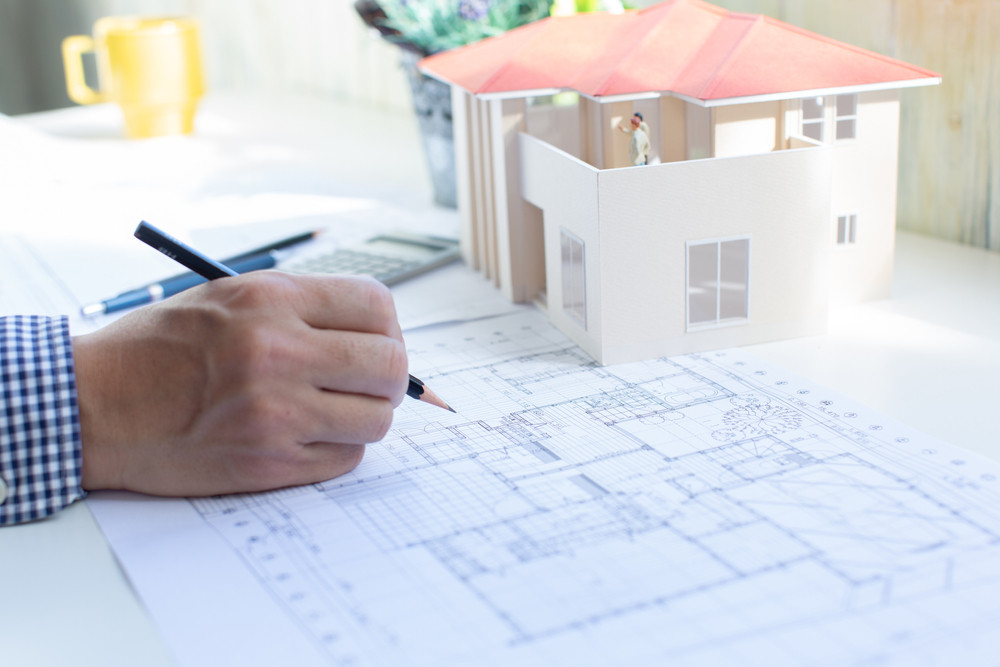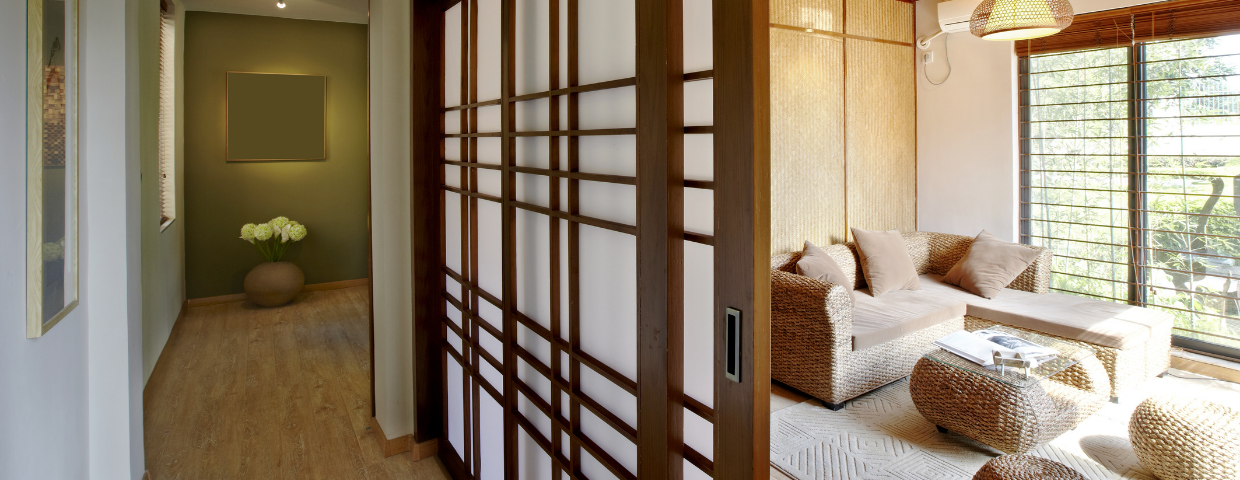The Evolution of Modern Architectural Design: A Comprehensive Exploration
Modern architectural design is a dynamic field that constantly evolves, reflecting changes in society, technology, and environmental consciousness. The architectural landscape today is marked by a blend of innovation, sustainability, and a keen awareness of cultural and historical contexts. This article delves into the key principles, trends, and challenges shaping modern architecture, offering a comprehensive overview of this ever-changing discipline.

1. Defining Modern Architectural Design
From Functionalism to Minimalism
Modern architecture, rooted in the early 20th century, initially emerged as a response to the industrial revolution’s technological advancements. The movement emphasized functionalism, where the form of a building was dictated by its intended use. This era was characterized by the adoption of new materials like steel and glass, which allowed for the creation of more open, light-filled spaces.
Over time, modern architecture has embraced minimalism—a design philosophy that seeks to strip structures down to their essential elements. The mantra “less … Read more
Continue Reading


